Professor Chung Owyang is director of Gastroenterology and Hepatology department at University of Michigan in USA. The boss of “80 faculty, 25 fellows, and over 150 staff ” measures science in numbers, preferably in dollars: “$26.8 million in digestive disease-related funding and $16.6 million in other research grant support”. To get there, one needs a certain numerical paper output, Owyang’s department “contributed 519 publications over the last five years”.
Some of Owyang’s papers are published with predatory outlets, like this Lupine here:
A recent scrutiny of the Owyang lab’s “proper” papers on PubPeer, which Smut Clyde (with help of Tiger BB8) will guide you through, uncovered some interesting things. First and foremost, there are the painstakingly photoshopped neurophysiological recordings of the vagus nerve activity on live rats, a technology which normal people so far assumed not to be subject to copy-paste-forgery of image fragments. One common author on most such papers, where both rats and their neurophysiology data were heavily tortured, is the former mentee of Owyang, Ying Li, who is since 2009 professor at the City University of Hong Kong. There are however also Li-less papers from Owyang lab featuring such fabrications.
Another criticism raised on PubPeer already over a year ago, was the popular practice at the Owyang lab of performing immunofluorescence double-stainings using different primary antibodies but from same species. This might have passed expert peer review by fellow gastroenterologists in respected gastroenterology journals, but it would be equivalent to thoroughly mixing stool samples of two patients in one test tube, and then diagnosing each of them with a different gastrointestinal infection. An “obscure diarrhea” of bad science, to use Owyang’s own description.
The Michigan clinic head never replied to my emails. Maybe he was busy watching rats being tortured for yet another photoshopped measurement, maybe he was again counting the research grant money, maybe he was preparing another award speech about mentoring Li and other creative minds. Hence, let’s Professor Owyang’s own words from this 2011 interview speak:
“The best advice I received from my mentors was to maintain focus and aim high. Frequently there is a risk that new investigators will get too diffuse and stray from their primary goals. Dabbling in multiple areas will hamper one’s ability to focus and develop the in-depth expertise needed to make significant contributions to medicine. It is also important to set your goals high. One should carefully choose an area that has important biological or clinical significance and use state-of-the-art techniques to address the question. It is important to maintain focus on long-term goals as the achievements of a physician scientist will be considered as a whole rather than a series of isolated events, such as papers, presentations or grant applications. This advice has helped to guide my research throughout my career.
During the last 30 years, I have had the good fortune to mentor over 40 postdoctoral trainees, many of whom have gone on to become leaders in gastroenterology in their own right. As a mentor it is always important to re-member a few simple rules: treat your mentees as you were (or wanted to be) treated, recognize the full spectrum of their needs, guard against conflict of commitments, and never be selfish. With these things kept in mind, the mentoring of junior investigators as they build and flourish in their careers can be an extremely rich and rewarding experience.”
To translate: your mentee’s primary goal (academic career) justifies the means (faking research papers), for which state-of-the-art Photoshop technology can be deployed to fabricate research data. Let them focus on faking their way through to professorships, so that also you the mentor will be rewarded with grants and medals. Ying Li sure did flourish under Owyang’s patronage, others are still learning.
If only there was a clue somewhere as to why the rats had to suffer in the first place.
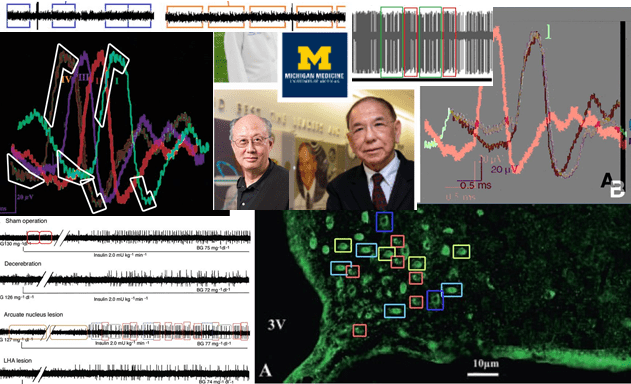
Michigan Michigastric Michigallimaufries
By Smut Clyde
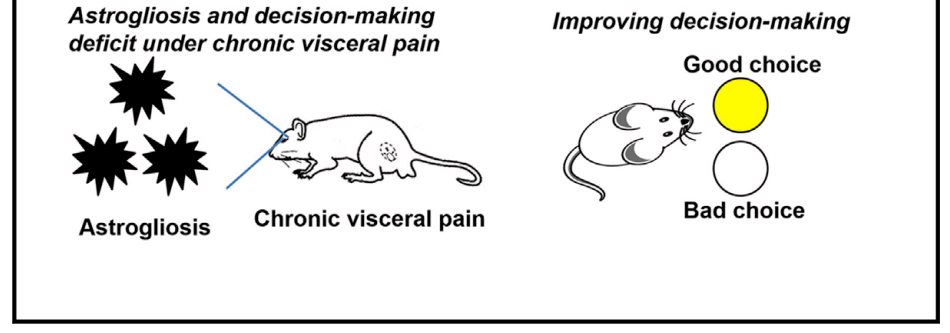
This rat is making bad decisions in a gambling task; it needs to think about its poor choices and where it went wrong. Perhaps it is distracted by algal neurotoxins or by cisplatin neuropathy, or by the removal of its teeth, or by ‘visceral pain’ (i.e. traumatic anal rape colo-rectal distention). Fortunately there are researchers with vagus-nerve stimulation or opto-genetic technology to end the distraction by restoring the theta-wave entrainment of its amygdala and anterior cingulate cortex! (this technology also lends itself to potential applications in grimdark cyberpunk novels).
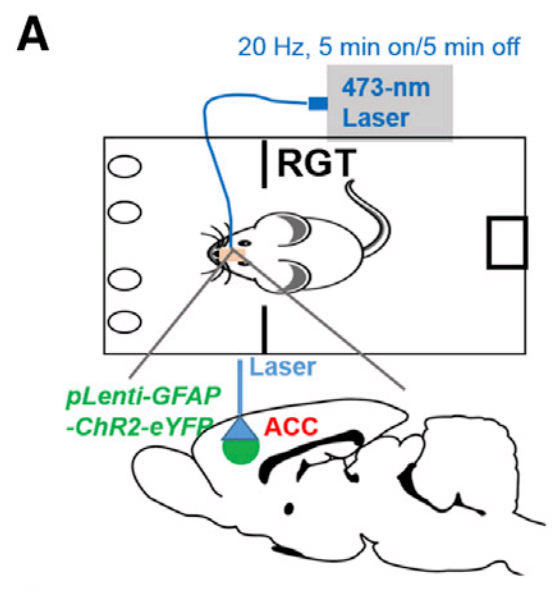 Let me explain.
Let me explain.Elisabeth Bik recently blogged about the different genres of visual evidence that journal editors might expect to find enlivening a manuscript submitted to them. The “Domain of Images” [Elkins 1999] is more than microscopy and Western Blots; the Figures might feature FACS plots and histograms, and spectra in all their energy ranges, and Fourier-transformed IR spectroscopy, and X-ray diffraction patterns. These might not leave the readers any wiser if the key results are averaged values across repeated experiments, but as artisanal craft data they provide some confidence that someone did spend some time in the laboratory. But each genre also creates opportunities (and temptations!) for people to spend time in Photoshop instead, beautifying their data and airbrushing over the warts and wrinkles… or perhaps the experiments were more aspirational than actual. See also “The Subtleties a Spectrograph…” and “The mountains skipped like rams…“.
And now, “Tricliceras Lobatum” has discovered an new avenue for artistic expression: nerve impulse recordings (Fig 2A, Wu et al. 2004 [3]). If that’s not what happened, then perhaps someone sent a file to be printed at the same time that someone else in the lab was printing a batch of bar-codes.
But maybe ‘bar-codes’ are an alien concept to young people today with their ‘QR codes’, so for a metaphor that everyone will understand, let me draw a comparison to Renaissance siege-warfare ladders.
Now I am the first to admit my total inexperience in recording single-neuron depolarisation spikes; never in my life have I patched a clamp nor clamped a patch nor dashed a thousand kim. It was my understanding, though, that nerves and ganglia are not metronomes, nor MIDI sequencers, so they do not cycle with the clinical perfection of a Kraftwerk bassline. When there is noise in the inter-spike flat-line of the recordings, from the instrumentation or the biological whimsies of cells being cells, it should not cycle or repeat across recordings. But life is full of surprises!

 The story is centred at the University of Michigan, where Chung Owyang heads a well-appointed research group on digestion physiology, the Gastroenterology Research Unit. The emphasis there is on gut neurobiology, so no end of rats have ended their days as “preparations” – bedizened with electrodes and stomachs replumbed – providing recordings of their visceral nerve impulses and muscular contractions. His success in attracting NIH grants to UMich was recognised in 2013 with the Friedenwald Medal, “the highest honor bestowed by the American Gastroenterological Association (AGA)“.
The story is centred at the University of Michigan, where Chung Owyang heads a well-appointed research group on digestion physiology, the Gastroenterology Research Unit. The emphasis there is on gut neurobiology, so no end of rats have ended their days as “preparations” – bedizened with electrodes and stomachs replumbed – providing recordings of their visceral nerve impulses and muscular contractions. His success in attracting NIH grants to UMich was recognised in 2013 with the Friedenwald Medal, “the highest honor bestowed by the American Gastroenterological Association (AGA)“.
“It is a tribute to Chung’s vision that very soon after beginning his career at Michigan he began asking far more basic questions and established a very successful research program continuously funded by the NIH.”
Sadly, his habit of “asking far more basic questions” did not extend as far as casting a cold skeptical eye over the fabricated papers set before him to sign, ripe with the aroma of cut-&-paste. PubPeer threads document two decades of these Michigan Michigastric Michigallimaufries, with the first recorded ones filling a 2001 paper — “Intestinal serotonin acts as a paracrine substance to mediate vagal signal transmission evoked by luminal factors in the rat” (Zhu, Wu, Owyang & Li. 2001) [1]…
…and the most recent in September: “High-fat diet–induced vagal afferent dysfunction via upregulation of 2-pore domain potassium TRESK channel” (Grabauskas et al 2019) [13].
At the risk of becoming monotonous, Figure 11, “Figure 11. Responses of the vagal pancreatic efferent nerve to microinjection of glutamate into the lateral parabrachial nucleus” from “Hypothalamic regulation of pancreatic secretion is mediated by central cholinergic pathways in the rat” (Li et al 2003) [2]. And Figure 2, “Effects of intestinal distension or an intra-arterial injection of secretin on the discharge frequency of vagal nodose neurons”, from “Secretin activates vagal primary afferent neurons in the rat” (Li et al. 2005) [5].
Both have tape-loop flat-lines.
I worry about the paroxysms in “Role for NMDA receptors in visceral nociceptive transmission in the anterior cingulate cortex of viscerally hypersensitive rats” (Wu et al. 2008) [7]. Perhaps the animals contracted whooping cough.
I could continue at exhaustive length, but that would deprive the readers of the joy of strolling through the PubPeer threads themselves. Just one last recent example (for values of “recent” that include “five years ago”): this non-Euclidean monorail track comes from “Ghrelin induces leptin resistance by activation of suppressor of cytokine signaling 3 expression in male rats” (Heldsinger et al 2014) [11].
It is not clear who deserves the credit. Two names recur in the authorship list: Ying Li, and Xiaoyin Wu. Consider, for instance, “Serotonin and cholecystokinin synergistically stimulate rat vagal primary afferent neurones” (Li, Wu & Owyang 2004) [4]. Figures 1 and 5 display motoric techno beats in the baselines and repeating patterns of spikes (“Perhaps the experimental animals had hiccoughs”).
Was Li claiming ownership of Fig 5 when he reprinted it as Figure 3 in his 2007 solo-authorship review paper, “Sensory signal transduction in the vagal primary afferent neurons” [A] (published in a predatory journal from Bentham)?
Turn now to “Vagal control of satiety and hormonal regulation of appetite” (Owyang & Heldsinger 2011) [9]. With neither Y. Li nor X.-Y. Wu as co-authors, Figure 3 is an exception to the earlier generalisation.
But again, this is a Review-paper issue, for Fig. 3 had earlier appeared (hiccoughs and all) as Fig 5 of “Low-affinity CCK-A receptors are coexpressed with leptin receptors in rat nodose ganglia” (Li et al, 2011) [8]. That particular output from his team must have impressed Professor Owyang as especially emblematic and worthy of a wider readership.
[8] seems to have been Li’s last paper with Owyang (from 2009 onward his first affiliation was to City University of Hong Kong, and his Michigan role was downgraded to “Visiting Investigator” or “Research Fellow”). Anyway, [8] has more to offer. More synthetic entities, in Figures 1, 2 and 4…
… Then there is Figure 7. In isolation it is an elegant marker-protein-based colour map of cell specialties:

“Double fluorescence labeling of rat nodose ganglia shows expression of CCKAR and OB-Rb. A: CCKAR are stained with green fluorescent Alexa Fluor 488. B: OB-Rb are stained with red fluorescent Cy3.”
But a year later, in the first post-Li paper (Heldsinger et al. (2012) [10], Figure 1 shows the same antibody-tagged cells as expressing different proteins. Meanwhile a third panel of fluorescence had been found.

“Brycinus Lateralis” questioned whether the procedure described in the Methods of [10] could ever have produced the published results:
Without Leonid Schneider and Tiger BB8 to inform me, I would never have known that the critique is valid (which is why no-one is paying me to oversee a large research laboratory, nor trusting me to review submissions for AJP Gastrointestinal & Liver Physiology). The gist is that even if you have antibodies tailored to home in on (say) CCKAR and LepR, they have to be extracted from different species – say, chicken and goat. For the secondary fluorophore-conjugated antibodies (the second stage of the colour-coding) are indifferent to the target protein, and species-specific to the primary antibodies, so they will light up both distributions as red and green together.
Having slogged through that explanation (don’t worry, this will not be in the test), it makes sense to look at two other double- and triple-immunohistochemistry issues. Figure 2 from Zhao et al. (2015) [12] is beautiful but meaningless:


And looking at [13] again:
 One can hardly blame Ying Li for shifting his focus from Michigan to Hong Kong City University. For that NIH beneficence to the Gastroenterology Research Unit does not seem to spill over into the salaries or a promotional ladder for its staff. Departmental records show Ying Li advancing slowly from “Senior Associate Research Scientist” in 2002 to “Research Associate Professor in 2008, and from US$76,064 to $94,724. Despite her key role in the laboratory, Xiao-Yin Wu was stuck as “Research Associate” or “Research Lab Specialist” from 2002 to the present, while her salary crept slowly from US$32,240 to the still-derisory figure of $56,426. Perhaps this is standard for the precariat serfs in US academic feudalism.
One can hardly blame Ying Li for shifting his focus from Michigan to Hong Kong City University. For that NIH beneficence to the Gastroenterology Research Unit does not seem to spill over into the salaries or a promotional ladder for its staff. Departmental records show Ying Li advancing slowly from “Senior Associate Research Scientist” in 2002 to “Research Associate Professor in 2008, and from US$76,064 to $94,724. Despite her key role in the laboratory, Xiao-Yin Wu was stuck as “Research Associate” or “Research Lab Specialist” from 2002 to the present, while her salary crept slowly from US$32,240 to the still-derisory figure of $56,426. Perhaps this is standard for the precariat serfs in US academic feudalism.
Anyway, browsing through Li’s Hong King output, I see the continuity from his time at Michigan… rewired rats and rat colorectal distention feature a lot, and the Anterior Cingulate cortex (the power of almost-anagrams explains the interest in ciguatera poisoning). This is where we came in.

In contrast, though, few primary data are on show in these post-Owyang papers, only the aggregate results (histograms, group-mean line plots, Fourier transforms). This may reflect the editorial preferences of different journals. At any rate it is certainly safer. I like to think that the results from Li’s group are either (1) made up in their entirety so no actual rats were vivisected and tormented in the making of the movie; or (2) reported with scrupulous accuracy so that others can rely on the data and the rats did not suffer and die in vain.
A few notable exceptions to this “no raw data” rule come to mind. First, these timelines from Wang et al. (2015) [E] overlap better than one might expect.

Despite some half-arsed manipulation, these protein blobs from a Western Blot – Figs 3 and 5 from Li et al (2012) [B] – remain as distinctive in their own way as Monet brushstrokes.
[B] also provides us with Figure 1(c), “Representative electromyograms of the VMR to graded-pressure CRD in VH rats treated with vehicle or glutamate, or with microelectroporation of CaMKII siRNA before glutamate injection“. It seems that a thorough grounding in rewiring rats is not the only benefit Li took with him from Michigan, for the same gut-spasm electromyograms had appeared four years previously (with different labels in a different experiment) in “Anterior cingulate cortex modulates visceral pain as measured by visceromotor responses in viscerally hypersensitive rats” (Cao et al. 2008) [6]. In a third appearance in a review chapter (“Synaptic Plasticity and Synchrony in the Anterior Cingulate Cortex Circuitry“, Li 2018) [F], the electromyograms reverted to their 2008 labels.
I mustn’t forget the quality of ‘bilocation’ shown by Fig 1(a) of [B], and between Figs 1 and 4 of [6].
Two last cases of electromyogram recycling, from “Cholecystokinin enhances visceral pain-related affective memory via vagal afferent pathway in rats” (Cao et al 2012) [C] and “Vagus nerve stimulation modulates visceral pain-related affective memory” (Zhang et al. 2013) [D]:
Of course these are not fabricated figures, so each reuse could be an innocent mistake, not evidence of bad intentions. The authors can be forgiven for attentional lapses while choosing and assembling their diagrams. Perhaps they had recently incurred the removal of their molars, or been poisoned with cisplatin or algal neurotoxins, leading them to distraction and sub-optimal decision-making.
Must credit Research Affiliate TigerBB8 (current salary US$000,000.00)
SOURCES
Papers from Chung Owyang’s lab
- “Intestinal serotonin acts as a paracrine substance to mediate vagal signal transmission evoked by luminal factors in the rat”, J. X. Zhu, X. Y. Wu, C. Owyang, Y. Li (2001) Journal of Physiology doi: 10.1111/j.1469-7793.2001.0431k.x [PubPeer].
- “Hypothalamic regulation of pancreatic secretion is mediated by central cholinergic pathways in the rat”, Ying Li, Xiaoyin Wu , Jinxia Zhu , Jin Yan , Chung Owyang (2003). Journal of Physiology doi: 10.1113/jphysiol.2003.049122 [PubPeer].
- “Hypothalamus–Brain Stem Circuitry Responsible for Vagal Efferent Signaling to the Pancreas Evoked By Hypoglycemia in Rat”, Xiaoyin Wu, Jun Gao, Jin Yan, Chung Owyang, Ying Li (2004). Journal of Neurophysiology doi: 10.1152/jn.00791.2003 [PubPeer].
- “Serotonin and cholecystokinin synergistically stimulate rat vagal primary afferent neurones”, Y. Li, X. Y. Wu , C. Owyang (2004). Journal of Physiology doi: 10.1113/jphysiol.2004.064816 [PubPeer].
- “Secretin activates vagal primary afferent neurons in the rat: evidence from electrophysiological and immunohistochemical studies”, Ying Li , Xiaoyin Wu , Harry Yao , Chung Owyang (2005). AJP Gastrointestinal & Liver Physiology doi: 10.1152/ajpgi.00039.2005 [PubPeer].
- “Anterior cingulate cortex modulates visceral pain as measured by visceromotor responses in viscerally hypersensitive rats”, Zhijun Cao , Xiaoyin Wu , Shengliang Chen , Jing Fan , Rui Zhang , Chung Owyang , Ying Li (2008). Gastroenterology (2008) doi: 10.1053/j.gastro.2007.11.057 [PubPeer].
- “Role for NMDA receptors in visceral nociceptive transmission in the anterior cingulate cortex of viscerally hypersensitive rats”, Xiaoyin Wu , Jun Gao , Jin Yan , Jing Fan , Chung Owyang , Ying Li (2008). AJP Gastrointestinal & Liver Physiology doi: 10.1152/ajpgi.00452.2007 [PubPeer].
- “Low-affinity CCK-A receptors are coexpressed with leptin receptors in rat nodose ganglia: implications for leptin as a regulator of short-term satiety”, Ying Li , Xiaoyin Wu , Shiyi Zhou , Chung Owyang (2011). AJP Gastrointestinal & Liver Physiology doi: 10.1152/ajpgi.00356.2010 [PubPeer].
- “Vagal control of satiety and hormonal regulation of appetite”, Chung Owyang, Andrea Heldsinger (2011). Journal of Neurogastroenterology & Motility doi: 10.5056/jnm.2011.17.4.338 [PubPeer].
- “Cocaine- and amphetamine-regulated transcript is the neurotransmitter regulating the action of cholecystokinin and leptin on short-term satiety in rats”, Andrea Heldsinger, Yuanxu Lu, Shi-Yi Zhou, Xiaoyin Wu, Gintautas Grabauskas, Il Song, Chung Owyang (2012) AJP Gastrointestinal & Liver Physiology doi: 10.1152/ajpgi.00231.2012 [PubPeer].
- “Ghrelin induces leptin resistance by activation of suppressor of cytokine signaling 3 expression in male rats: implications in satiety regulation”, Andrea Heldsinger, Gintautas Grabauskas, Xiaoyin Wu, ShiYi Zhou, Yuanxu Lu, Il Song, Chung Owyang (2014). Endocrinology doi: 10.1210/en.2013-2095 [PubPeer].
- “Upregulation of bile acid receptor TGR5 and nNOS in gastric myenteric plexus is responsible for delayed gastric emptying after chronic high-fat feeding in rats”, Hui Zhou, Shiyi Zhou, Jun Gao, Guanpo Zhang, Yuanxu Lu, Chung Owyang (2015). AJP Gastrointestinal & Liver Physiology doi: 10.1152/ajpgi.00380.2014 [PubPeer].
- “High-fat diet–induced vagal afferent dysfunction via upregulation of 2-pore domain potassium TRESK channel”, Gintautas Grabauskas, Xiaoyin Wu, ShiYi Zhou, JiYao Li, Jun Gao, Chung Owyang (2019). JCI Insight doi: 10.1172/jci.insight.130402 [PubPeer].
Ying Li’s independent papers
- [A] “Sensory signal transduction in the vagal primary afferent neurons”, Ying Li (2007). Current Medicinal Chemistry doi: 10.2174/092986707782023334 [PubPeer].
- [B]. “Phosphorylated CaMKII post-synaptic binding to NR2B subunits in the anterior cingulate cortex mediates visceral pain in visceral hypersensitive rats”, Ying Li , Xu Zhang , Haiyan Liu , Zhijun Cao , Shengliang Chen , Bing Cao , Jin Liu (2012). Journal of Neurochemistry doi: 10.1111/j.1471-4159.2012.07717.x [PubPeer].
- [C]. “Cholecystokinin enhances visceral pain-related affective memory via vagal afferent pathway in rats”, Bing Cao, Xu Zhang, Ni Yan, Shengliang Chen, Ying Li (2012). Molecular Brain doi: 10.1186/1756-6606-5-19 [PubPeer].
- [D]. “Vagus nerve stimulation modulates visceral pain-related affective memory”, Xu Zhang , Bing Cao , Ni Yan , Jin Liu , Jun Wang , Vivian Oi Vian Tung , Ying Li (2013). Behavioural Brain Research doi: 10.1016/j.bbr.2012.08.027 [PubPeer].
- [E] “Facilitation of synaptic transmission in the anterior cingulate cortex in viscerally hypersensitive rats”, Jun Wang , X. Zhang , Bing Cao , Jin Liu , Ying Li (2015). Cerebral Cortex doi: 10.1093/cercor/bht273 [PubPeer].
- [F]. “Synaptic Plasticity and Synchrony in the Anterior Cingulate Cortex Circuitry: A Neural Network Approach to Causality of Chronic Visceral Pain and Associated Cognitive Deficits”, Ying Li (2018). Advances in Neurobiology doi: 10.1007/978-3-319-94593-4_8 [PubPeer].

Donate!
If you are interested to support my work, you can leave here a small tip of $5. Or several of small tips, just increase the amount as you like (2x=€10; 5x=€25). Your generous patronage of my journalism, however small it appears to you, will greatly help me with my legal costs.
€5.00




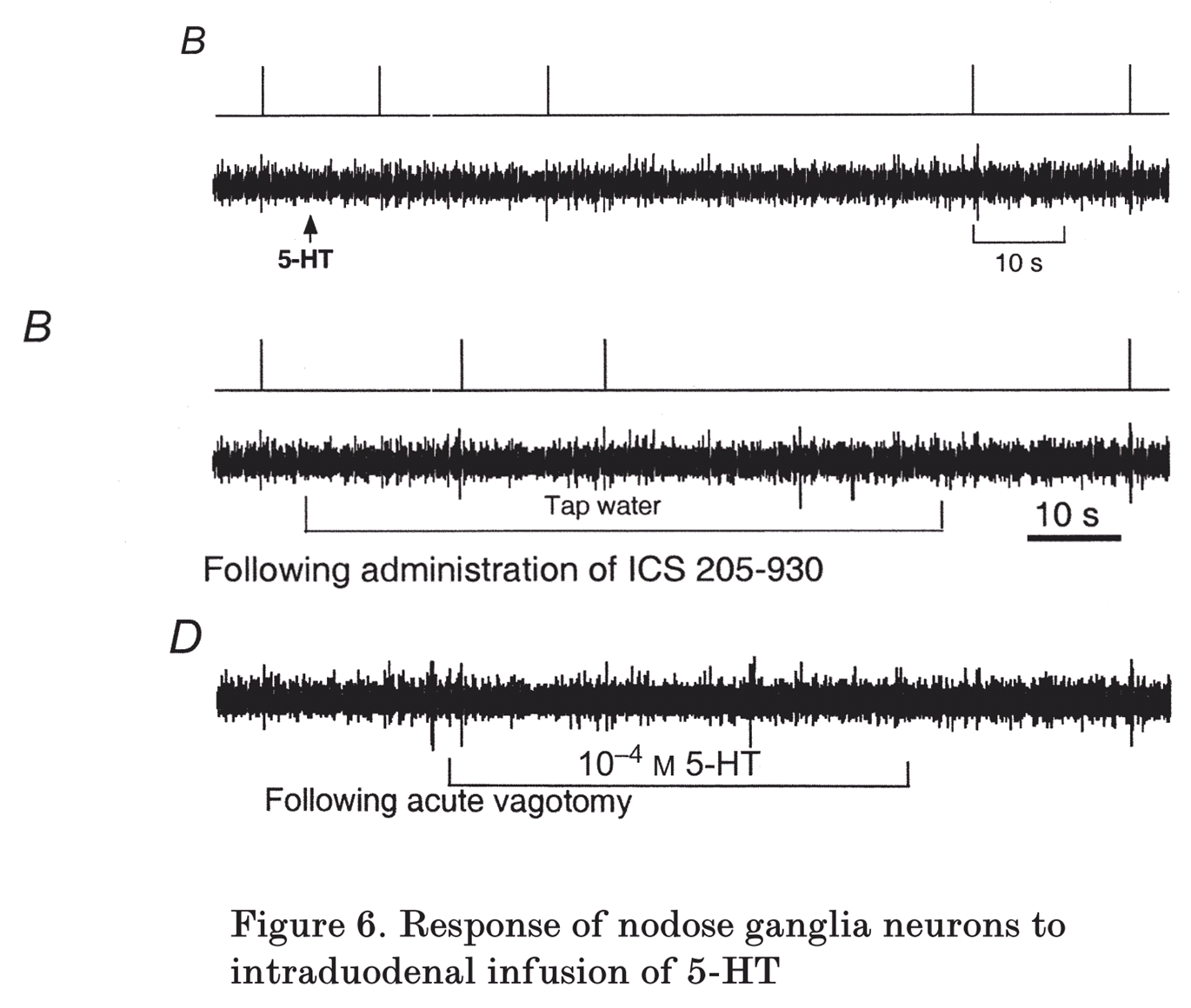

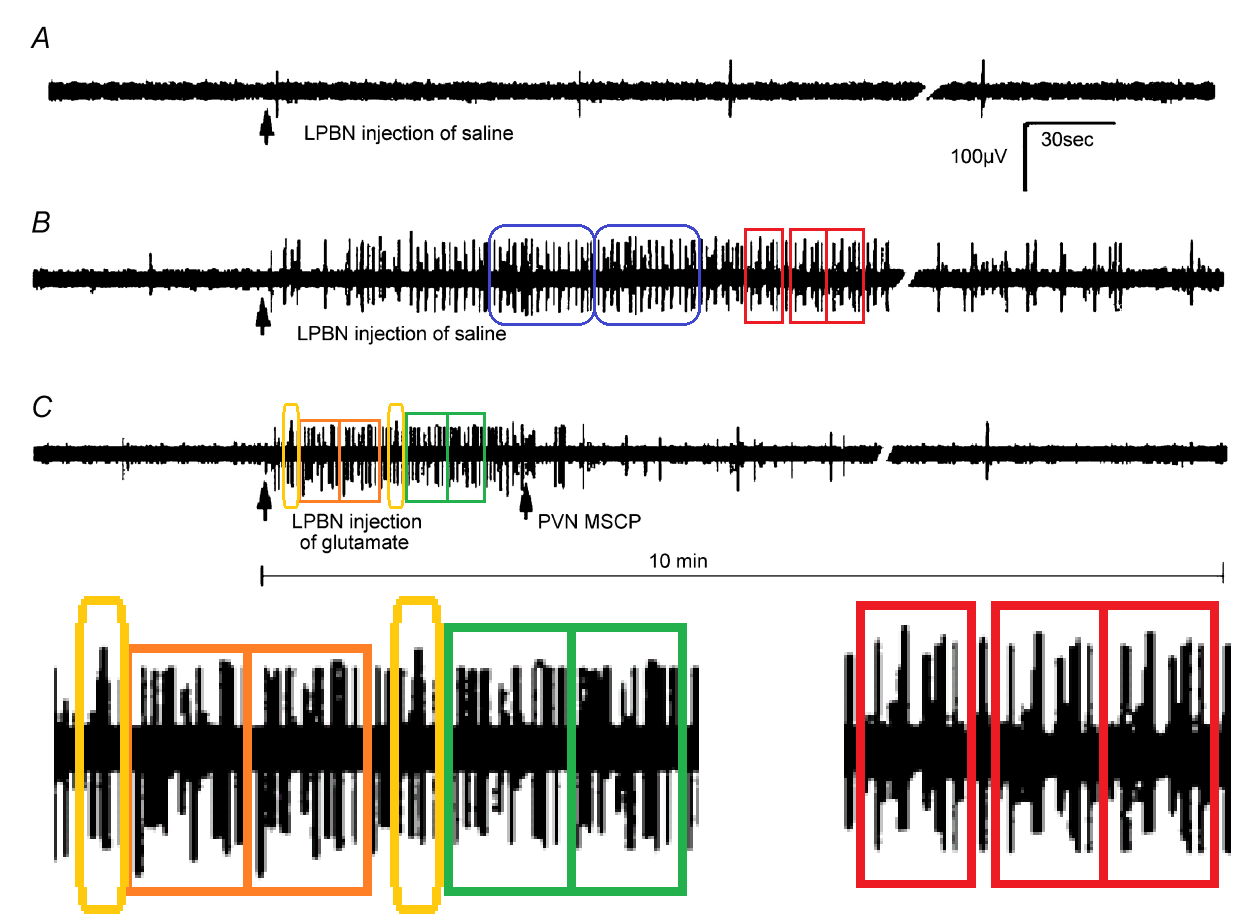
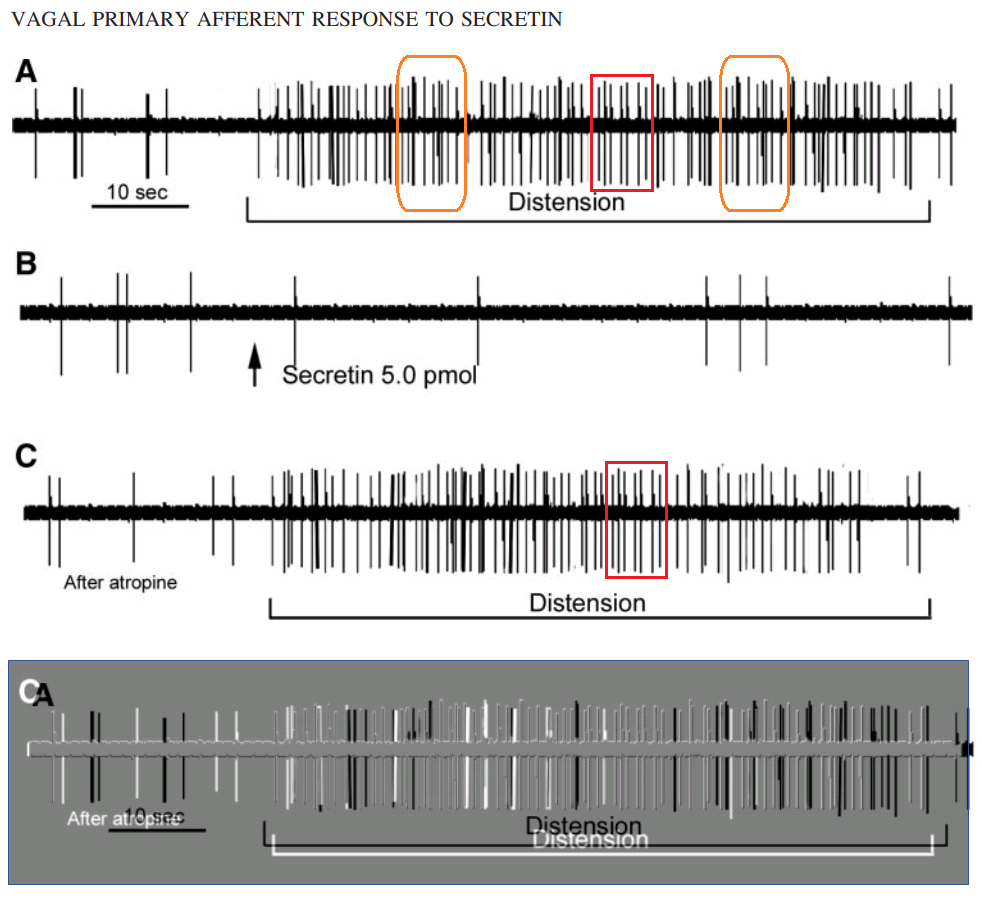





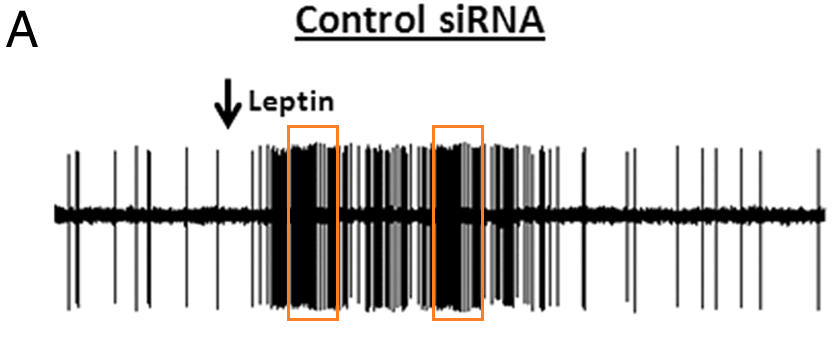

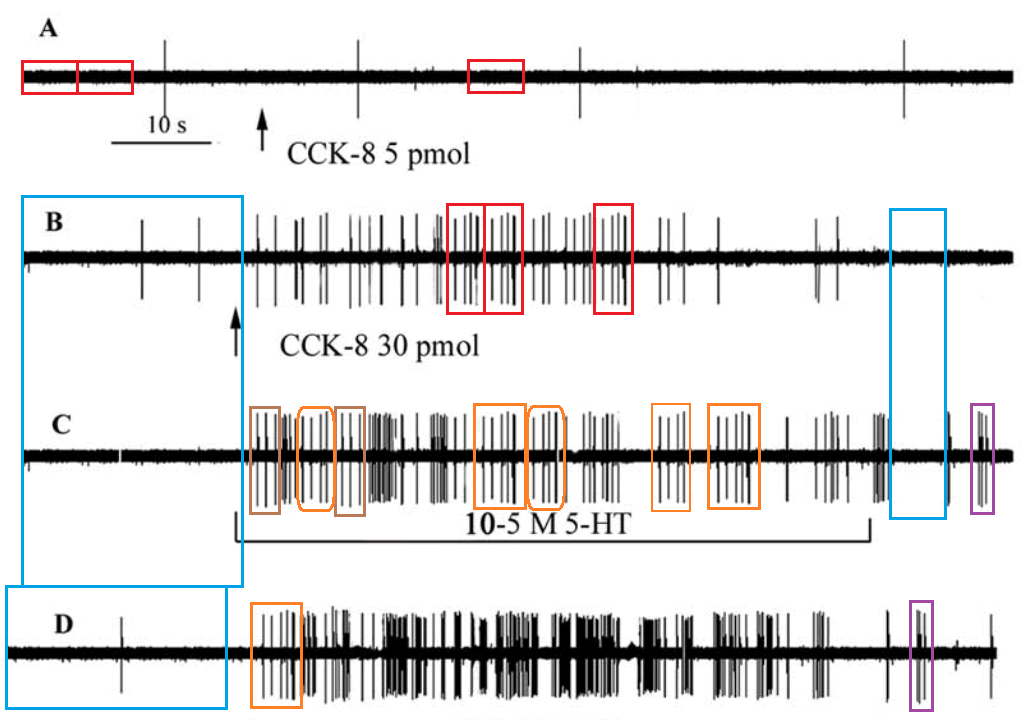

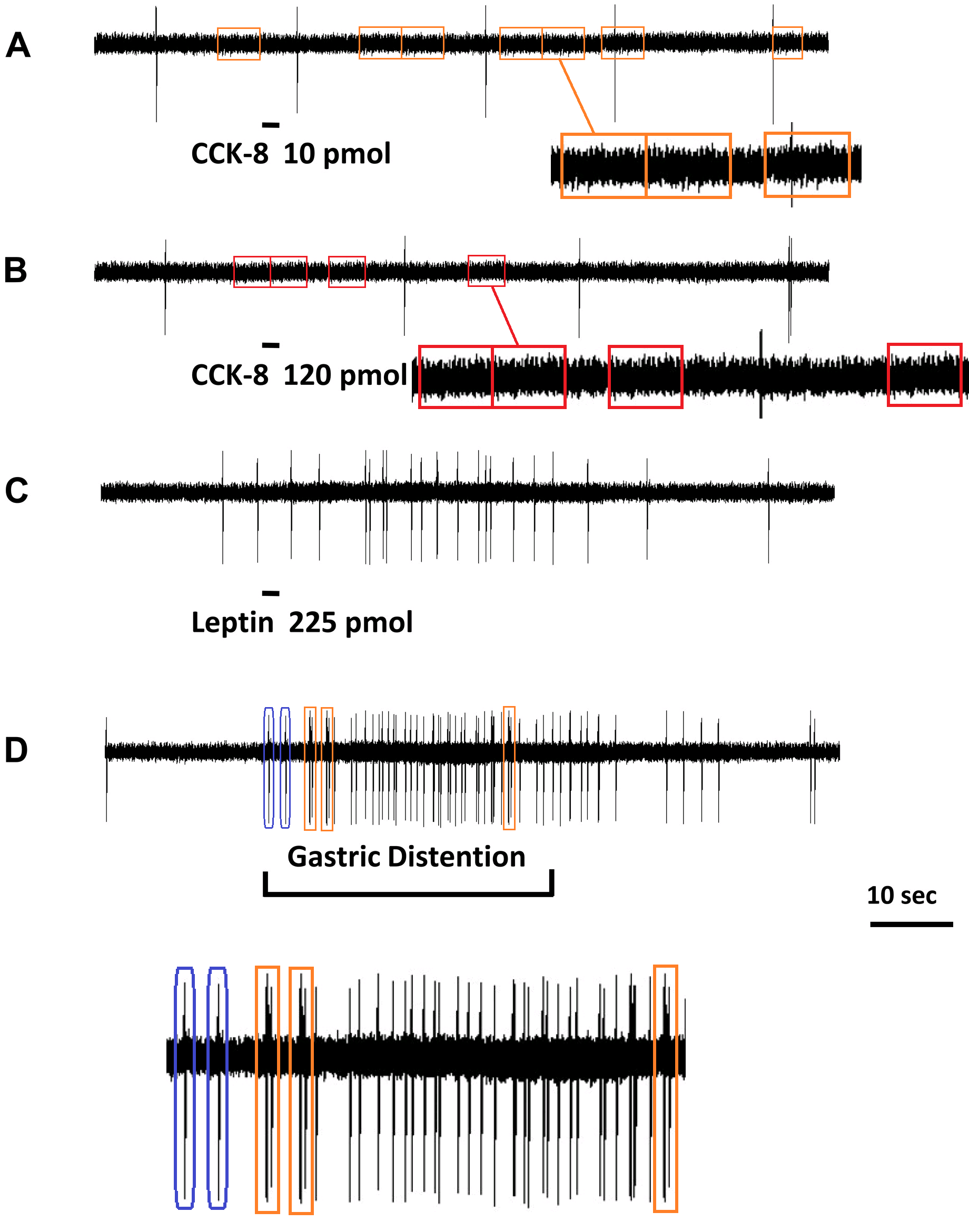

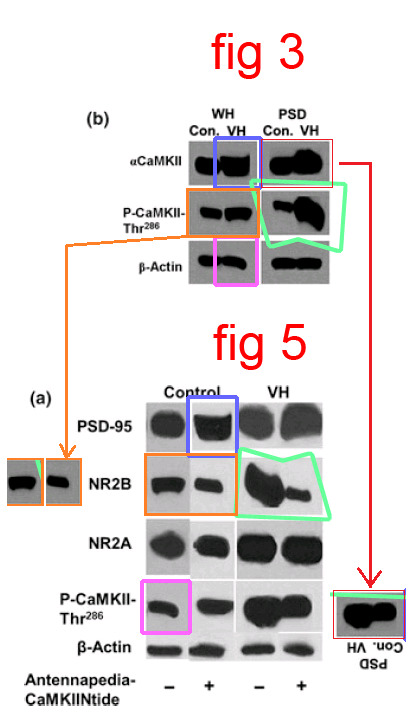
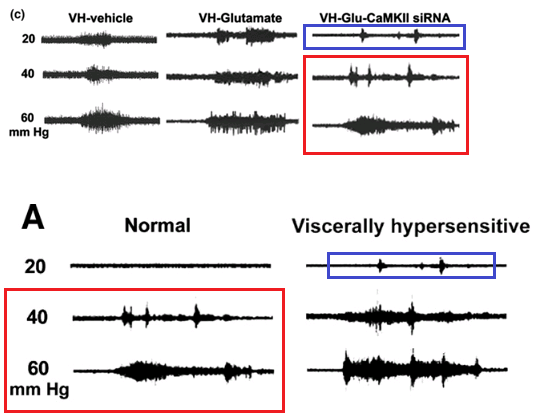

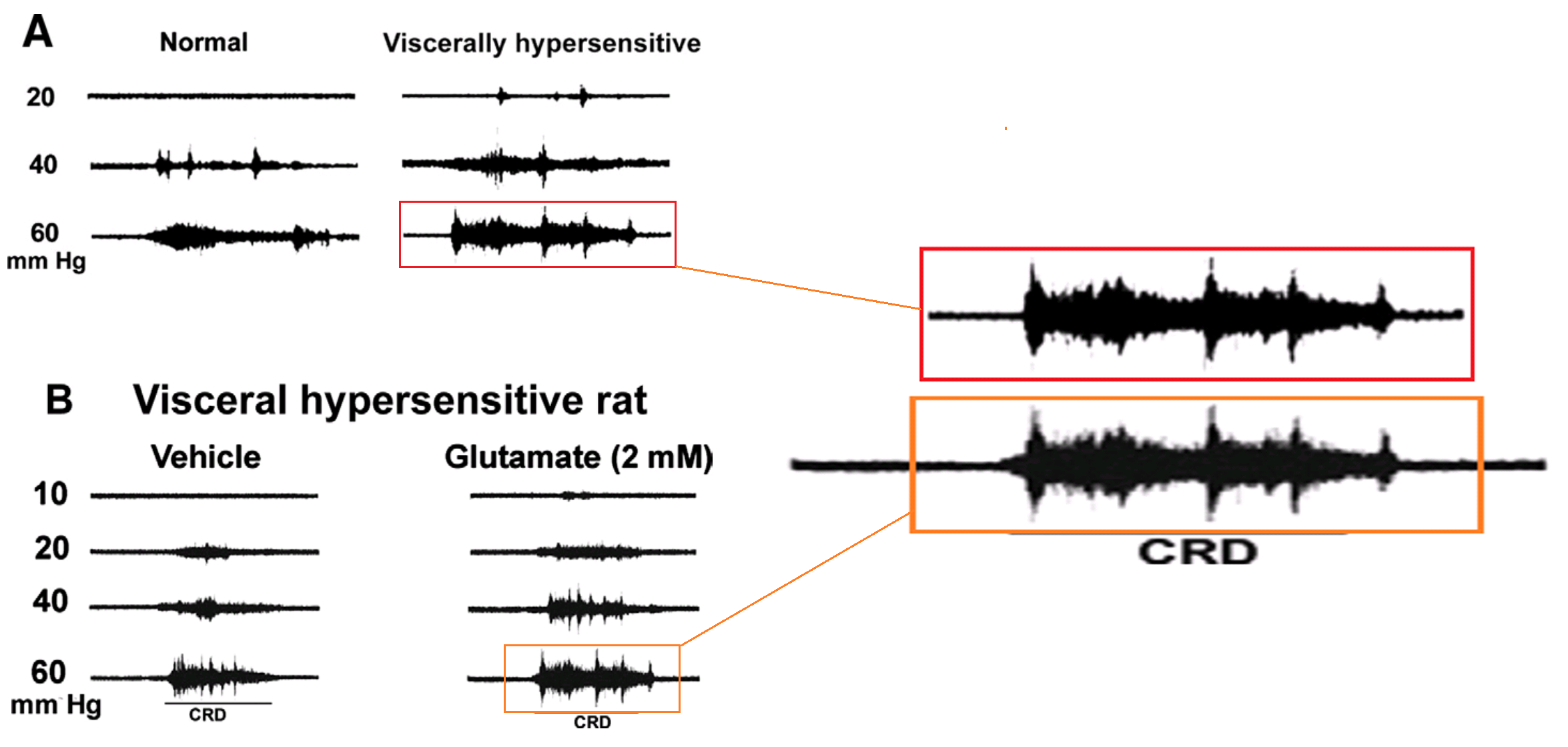
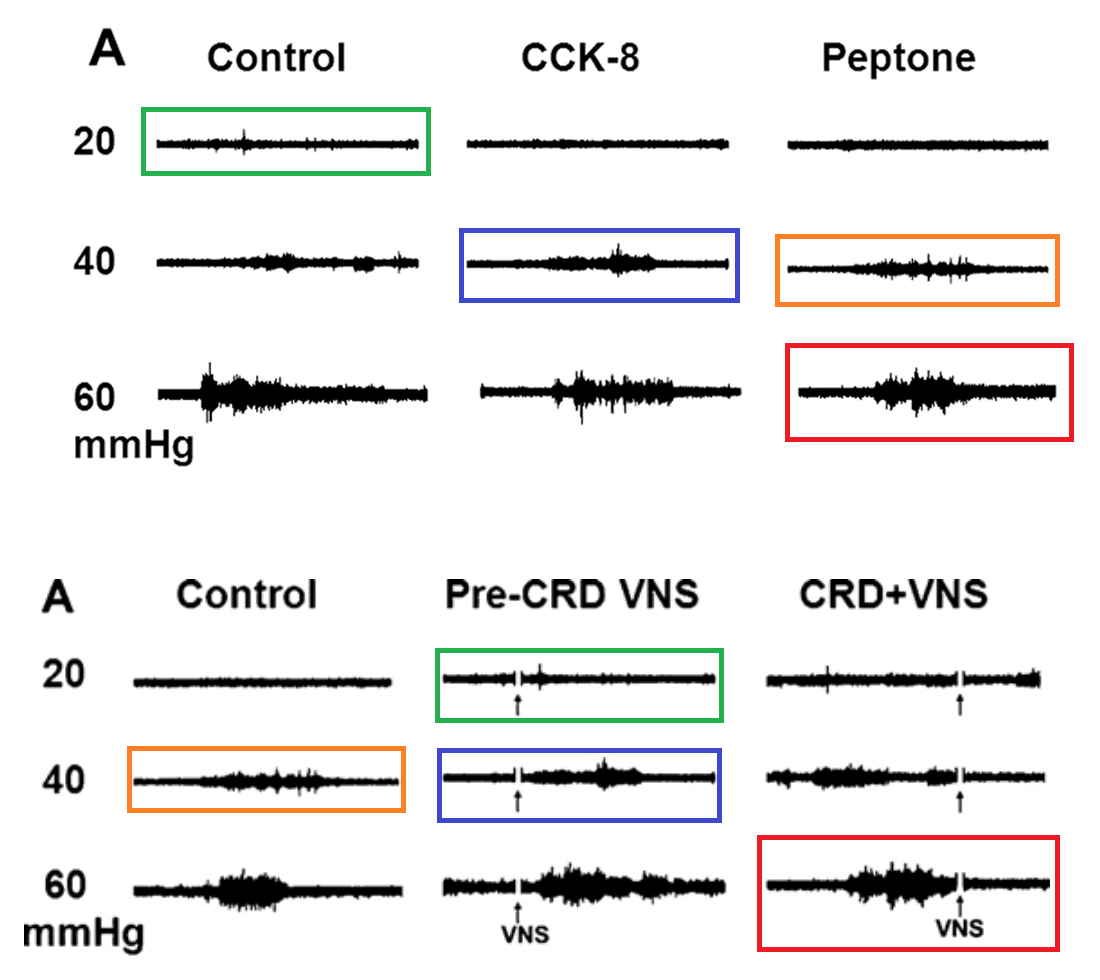

“….$56,426. Perhaps this is standard for the precariat serfs in US academic…”
Im a 55 yo permadoc making less than this ($49,000/ year) but fortunately I am in a low-cost of living area. I have to do adjunct teaching gigs on the side to establish “territory”, so I have some kind of income stream when I lose my job, which could be pretty soon.
People wonder why I’m seem stressed and bitter. Well, it was my stupid interest in science as a kid that got me into this mess (in addition to the fall communism which made skilled cheap labor plentiful for the west). And maybe Im just too honest and careful for my own good.
At our school we had a n academic recently fired for fraud and Im trying to get his old -80 freezer. Fortunately for my advisor, I can be quite scrappy….
LikeLiked by 1 person
NMH: You are a loser… The fact that you were lucky that born in the US but you did so pretty bad job in your life that with 55 yo still you are post-doc have nothing to do with immigrants to the US. In fact, you were so lucky that born in the US and at least managed society and economy were good enough to get you a PhD and get you a really low income post-doc even in your 50’s, all of these facts tell me that if you were born in the USSR or China, probably you were a worthless homeless for the rest of your life. For your information: I’m not a US citizen and I just started my 30’s and my salary is double what you are getting in your 50’s and it’s just my third year in the US. I don’t want to ridicule you but your attitude towards high skill immigrants, not only from former communist crappy countries, but from all over the world, just tell me that you want to project your failures to other people fault. If I was a 55 yo guy and my salary was 49K per year even in rural areas of south US, I think I just lost my life entirely.
So take home message NMH: Look at yourself and see what did you wrong that prevented you to grow further. You have a PhD. It’s Doctoral degree in “Philosophy”. Ok?! You don’t want to say that all the people that are successful in the US are cheaters right? So….
LikeLike
Reply to Mike
October 10, 2019
“For your information: I’m not a US citizen and I just started my 30’s and my salary is double what you are getting in your 50’s and it’s just my third year in the US.”
2x $49,000/ year = $98,000/year
In which field do you work?
LikeLike
Previous quote from Mike: “It’s not that easy…. sometimes faking data is the only way to survive for some people.”
Well, America is definitely a place where you can cheat to get ahead of just about everybody else, and this is very true in scientific research. A great example of this were a couple of faculty cases (they happened to be immigrants) in my university who were fired for fraud and were making well over 6 figs a year, and most of the lab output for the past 10 years is thought to be irreproducible as scrutiny on pubpeer has indicated.
Clearly, Mike, money is more important to you than honesty. Heck, that is probably why you are in the US, to make it big. If you are in science with this attitude, I’m not surprised you have done so well salary wise. Just what the US, and the world, needs…more cheaters who take advantage of others, producing more crap data.
LikeLiked by 1 person
NMH: Not sure what you want to tell with this self reflection. Besides, communism is still on set in some countries, so it has not collapsed entirely – just for seek of scientific accuracy. Leonid: Looking forward the aftermath of the case. Thanks for sharing the story!
LikeLike
Reply to Donald October 8, 2019
I think that NHM is trying to tell us some of the reasons for the “precariat”.
What does the fact that communism (on the surface) has not collapsed in all countries got to do with the fall of communism in the Soviet Union and its satellite states (which is what NHM is most likely referring to) got to do with scientific accuracy?
LikeLike
My putative links between communism, cheap labor, and citizens (like me) joining the precaiat class are as follows: In the 1960’s, communism (USSR, China), or countries aligned with communism (India), seemed to prevent its citizens from leaving their countries in search of “a better life” in the US, in other words, communism prevented what could be called “economic migrants” from entering the US.
Today, you have universities in these formerly communist countries, particularly in China, churning out hundreds of PhDs per year who want a good job. These people are high trained and would love to work in western universities to establish an academic record, and many get here. I know this for a fact as about 1/2 the staff in the R1 research university I work at have a native language other than English—usually Chinese. Saying 1/2 the staff speaks Chinese is NOT an exaggeration. Its a statement of fact.
I hypothesize that my fathers generation of PhD’s did not have to face this competition. Now, most of these economic migrants would love to stay in the west because life is so much better here, and most feel they have the right to live anywhere in the world they want to live. They feel they have a right to compete against anybody for a job anywhere in the world. In light of the fact that research positions are difficult to find in the west, it makes things very competitive when western universities bring in economic migrants from former communist countries. If you dont believe me, here is another perspective, written from the economic migrants themselves:
Click to access 20160118-current-perspectives1.pdf
This is not the only reason why I am a post-doc, but some of the reason. If you are a post-doc, you have a relatively poor wage and no job security—I am an american precariat. The difference between post-doc an tenure track is huge in pay and job security. You have two groups (data creators vs managers of data creators) equally important to the system but one is treated far better than the other….a dualization of labor that makes American capitalism its best, I suppose. At least for faculty.
I have a fellow adjunct teacher in one of the schools I teach at from Venezuela. I really don’t see him going back, and this is someone I have to compete for positions for even a crappy position in adjunct teaching.
So my advice to anybody….don’t go into scientific research unless you want to take a chance of joining the ranks of the precariat, in your own country.
I really don’t blame the policies of the US too much. I blame the leaders of these other countries that are turning their lands into what my dubious president would call a “shit-hole”, forcing the brightest and best to want to leave, instead of staying and trying to make their home a better place.
LikeLike
More questions! “The blue action waveform at left (beginning or end of the session) and Waveform III at right appear to be the same. These are different experiments.”
https://pubpeer.com/publications/F7266B1F6C12B6DF5499F405718BEC#2
LikeLiked by 1 person
Leonid and other commenters, thank you very much for this enlightening post. By the way, Photoshop was not necessarily used to generate these magnificent traces. There are computer programs that can convert nerve recordings into vector data. Your perfect trace is just a few clicks away and it is not painstaking at all!.
LikeLike
Massaging nerve recordings appears to be contagious among neurogastrobiologists (sad sight):
https://pubpeer.com/publications/33EB21D7B030C6B2E68473251C43B6#1
LikeLike
and also:
https://pubpeer.com/publications/C37406F795E78C5EA30E2DD4A034C2
LikeLike
The commenter has missed the point of the diagrams with that second paper.
https://pubpeer.com/publications/C37406F795E78C5EA30E2DD4A034C2#3
LikeLike
Incredible, the first author has become deputy editor of the journal where he published questionable nerve recordings. See:
https://pubpeer.com/publications/33EB21D7B030C6B2E68473251C43B6#1
and
https://journals.physiology.org/doi/abs/10.1152/ajpendo.00203.2022?rfr_dat=cr_pub++0pubmed&url_ver=Z39.88-2003&rfr_id=ori%3Arid%3Acrossref.org
LikeLike
“Clistoabdominalis Helluo commented
And now, blots recycled from a different paper:”
LikeLiked by 1 person
Reblogged this on Animalisti, Animali e Scienza and commented:
Questo succede anche perché negli USA i Muridi non sono sotto l’Animal Welfare Act, ma dal 2035 ci saranno.
LikeLike
I guess we can add neurogastrobiology to the list of bogus disciplines. All of these papers would have been reviewed by peers, so it’s reasonable to conclude that the whole gang must be rotten. Funding agencies and institutions would do well to take notice.
LikeLiked by 1 person
You’re exactly right. Regardless of the area of research, peer reviewers do a worst job than a monkey with a dart board. Unfortunately, nothing will change as long as we live in a society that values productivity at the expense of everything else including integrity.
LikeLike
JCI insight issued a correction of Figure 3C covering the duplicated graph in PMID: 31484832.
https://insight.jci.org/articles/view/137859
However, the electrophysiological traces, which are beyond doubt fabricated, remain unchanged. At minimum, the original files should be made available for everyone to judge. Very disappointing, but not surprising considering that the University of Michigan is home of both JCI insight and the senior author’s research group.
LikeLike
Still no retractions after two years:
https://pubpeer.com/search?q=chung+owyang
LikeLike
Leonid, in case you are not aware of the story:
https://www.mlive.com/news/ann-arbor/2021/10/woman-files-lawsuit-claiming-university-of-michigan-failed-to-discipline-doctor-over-improper-relationship.html
LikeLike
Congratulations! AGA honors Chung Owyang, MD, with the William Beaumont Prize in Gastroenterology:
https://www.eurekalert.org/news-releases/946013
LikeLike
Just in time for this end-of-year celebratory retraction! https://pubpeer.com/publications/1FAA9A2E701D58C511577A391C2E7A
This retracts the article “Hypothalamus-brain stem circuitry responsible for vagal efferent signaling to the pancreas evoked by hypoglycemia in rat.” in volume 91 on page 1734. Wu X, Gao J, Yan J, Owyang C, Li Y. Hypothalamus–brain stem circuitry responsible for vagal efferent signaling to the pancreas evoked by hypoglycemia in rat. J Neurophysiol 91: 1734–1747, 2004. First published April 1, 2004. doi: 10.1152/jn.00791.2003.
The American Physiological Society is issuing a retraction of this article at the request of the University of Michigan. Following a review, a university research misconduct investigation committee found that there was falsification and/or fabrication of vagal pancreatic efferent nerve recording data by internal reuse of portions of the same trace data in Figs. 2A, 5A, 5C, 10A, 10B, and 12C. In addition, the committee determined that there was falsification and/or fabrication of immunocytochemistry data by the reuse of single-cell images in Fig. 9A.
LikeLike
So does that mean the William Beaumont Prize in Gastroenterology is awarded for the fakest crap published in the field? It would certainly be difficult to exceed the breadth and density of BS on display in that paper, right down to the stamp copying of tiny areas of images. Any reputable institution would have this clown thrown out on his ear, but instead they probably nominated him for the award on the strength of his impressive “publication” record. I hereby nominate him for the Santos Prize.
LikeLike
Thank you and Smut for the info. Well I guess the plan was to prevent a misconduct finding with this award. It didn’t help, it seems.
LikeLike
I wonder if U of M recommended other retractions given that identical issues were found in 24 other papers (see Pubpeer).
LikeLike
If this guy is working in a U.S. lab, how on earth did he ever get his rat experiments approved by an IACUC? Causing prolonged pain to a vertebrate subject shouldn’t fly with any oversight board. Presumably these fly-by-night journals don’t even check, do they?
Good Zarquon. I did entomological research for years, and I’ve never seen a researcher treat insects in such a cruel manner.
LikeLike
Welcome to biomedicine. Nowadays, torturing primates is in, because more “translatable”.
LikeLike